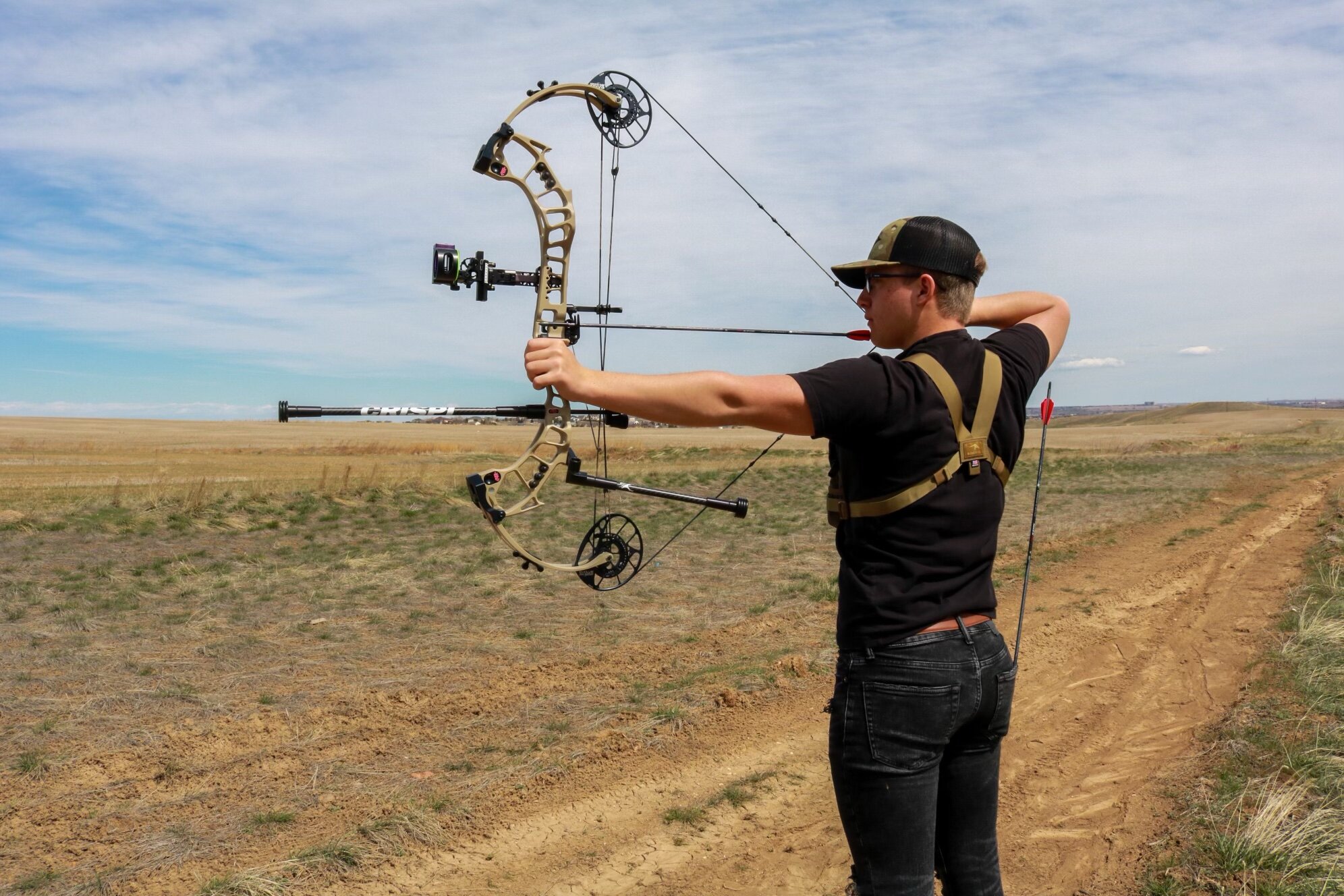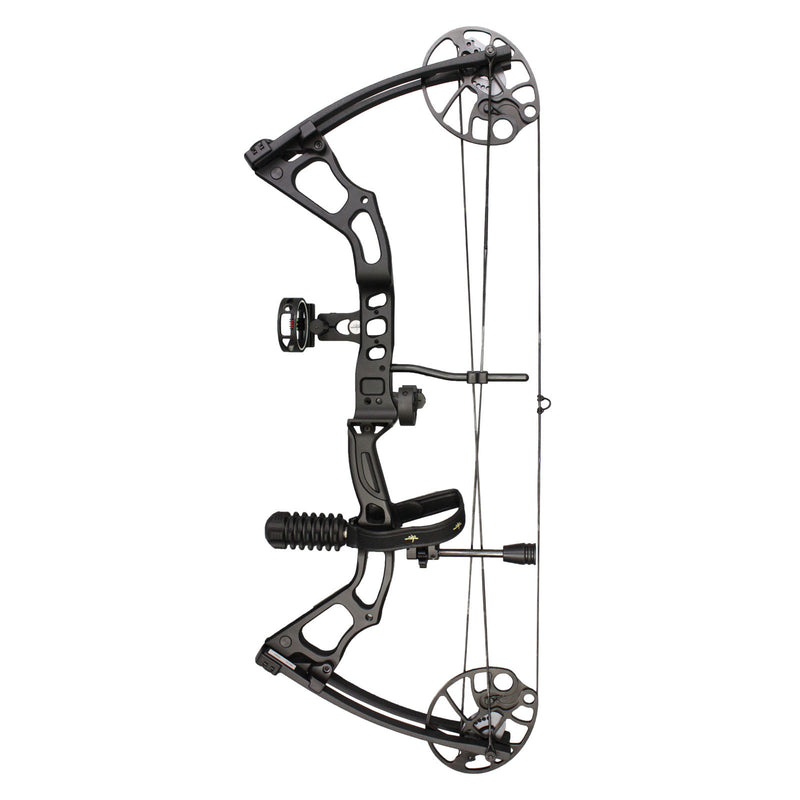Optimize Your Archery Precision With These Bow Stabilizer Methods
One crucial aspect that can dramatically impact your efficiency is the proper application of bow stabilizers. Whether you are an experienced archer looking to fine-tune your skills or a newbie anxious to improve your precision, mastering these bow stabilizer strategies could be the key to striking your mark with unrivaled consistency.
Benefits of Utilizing Bow Stabilizers
Making use of bow stabilizers can substantially boost an archer's precision and overall performance by decreasing bow torque and vibration. Bow torque, triggered by the unequal distribution of weight in the bow, can bring about variances in shot positioning. By connecting a bow stabilizer, the weight is redistributed, decreasing the results of torque and aiding the archer achieve an extra consistent shot. In addition, bow stabilizers wet resonance, which not just boosts the convenience of capturing yet additionally protects against the bow from jumping upon launch, thus assisting in maintaining correct aim.
Additionally, bow stabilizers can aid in holding the bow steady, particularly throughout windy problems or when firing from longer distances. The added weight at the front of the bow offers security and equilibrium, allowing the archer to focus on aiming without the distraction of bow motion. Overall, the benefits of utilizing bow stabilizers extend beyond just precision, enhancing the archer's experience and efficiency in different shooting scenarios.
Picking the Right Bow Stabilizer
Selecting the proper bow stabilizer is vital for maximizing your archery equipment and boosting shooting efficiency. Heavier stabilizers can help lower bow torque and take in more resonance, leading to a steadier purpose.

Finally, consider the layout of the stabilizer. Some stabilizers include flexible weights or dampeners that allow you to tailor the equilibrium and feel of your bow. Eventually, choosing the right bow stabilizer involves finding an equilibrium between weight, material, layout, and length to boost your shooting precision and overall performance.
Appropriate Installment Methods
To guarantee ideal efficiency and safety and security in archery, understanding proper setup strategies for your bow stabilizer is crucial. The first action in installing a bow stabilizer is to recognize the right placement on your bow.
Following, securely attach the stabilizer to the bow using the proper installing hardware. Some stabilizers come with flexible weights that can be added or eliminated to make improvements the equilibrium of your bow.

Changing Stabilizer Weight and Size
After ensuring the appropriate setup of your find out here bow stabilizer, the next step involves readjusting the weight and length to enhance its efficiency in enhancing archery accuracy. The weight of the stabilizer plays an important function in lessening bow movement throughout the shot cycle. Adding weight to the stabilizer can help enhance and dampen resonances stability, bring about more consistent and exact shots. On the other hand, minimizing the weight can increase ability to move, which is valuable for situations calling for quick target acquisition.
When it concerns stabilizer size, locating the right equilibrium is essential. A longer stabilizer can give higher security by raising the distance in between the bow and the weight at the end of the stabilizer. This added distance boosts the stabilizing impact, particularly in windy problems or when shooting at longer distances. Conversely, a shorter stabilizer provides much more ability to move and may be chosen by archers who value dexterity and fast motions during shooting.
Advanced Stabilizer Tuning Tips
Accomplishing ideal bow stability and accuracy in archery demands a nuanced method to sophisticated stabilizer adjusting. Advanced stabilizer tuning involves fine-tuning different parts to enhance the bow's balance, lower vibration, and boost general precision. One essential technique is to experiment with different stabilizer configurations, consisting of side-bar and back-bar arrangements, to locate the excellent equilibrium between security and ability to move for your shooting design. bow stabilizer. Additionally, changing the angle and positioning of the stabilizer can have a considerable effect on exactly how the bow reacts upon launch.
An additional critical aspect of innovative stabilizer tuning is optimizing the damping properties of the stabilizer system. Discovering various materials for the stabilizer construction, such as carbon fiber or light weight aluminum, can additionally affect the bow's efficiency by changing its weight circulation and rigidity.
Conclusion
In conclusion, optimizing archery precision can be accomplished with the appropriate choice, installation, and adjustment of bow stabilizers. By recognizing the benefits of using stabilizers, selecting the right one, and tweak its weight and length, archers can enhance their shooting accuracy. Using innovative tuning strategies can additionally improve security and consistency in arrow flight. Overall, including bow stabilizers into archery practice can cause better performance and increased precision.
Using bow stabilizers can click considerably boost an archer's accuracy and total efficiency by lessening bow torque and vibration. Longer stabilizers supply better security and equilibrium, specifically for long-distance shooting, while shorter stabilizers use even more convenience and are easier to steer in limited spaces (bow stabilizer). Carbon fiber stabilizers are long lasting and lightweight, while light weight aluminum stabilizers are durable and give excellent resonance dampening
A longer stabilizer can supply greater security by raising the range between the bow and the weight at the end of the stabilizer.Another vital element of innovative stabilizer adjusting is enhancing the damping properties of the stabilizer system.